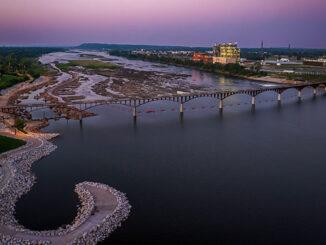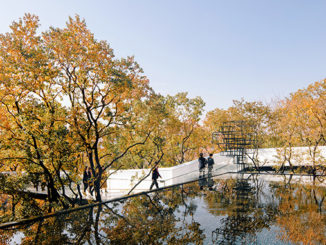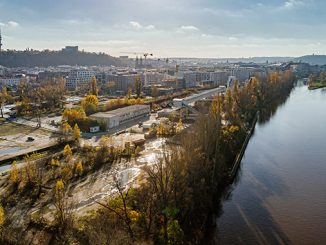2021 WLA Awards – Merit Award in the Concept – Design category

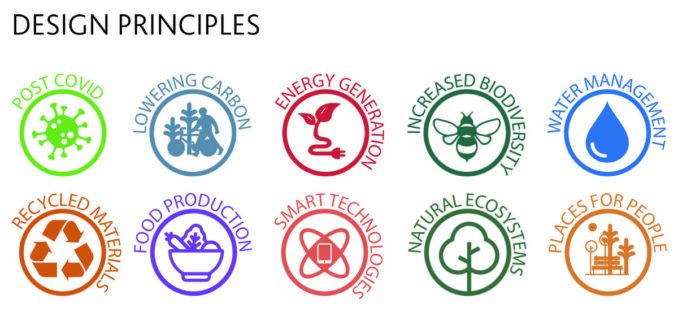
South Parade is the street where we work- an unremarkable street, full of tarmac and cars. It is exactly this type of street where an environmental revolution could take root – responding to the post-Covid-19 opportunities and the climate emergency, to radically re-think our urban streets, for the sake of humanity. Our proposal peels away the existing grey carpet, ‘back down to earth’.
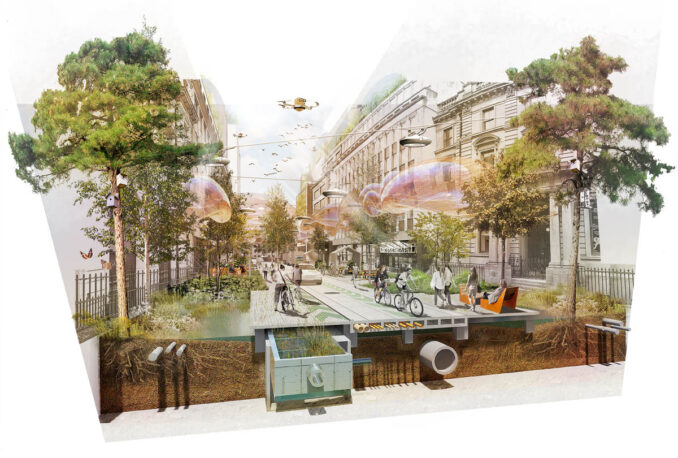
An ecosystem led planning approach where people and biodiversity have equal importance and nature can be introduced in a meaningful manner to create a balanced, thriving, healthy and resilient streetscape. The re-engineered street harnesses pioneering new technologies to reduce the carbon footprint of the urban fabric, providing a valuable green resource that reconnects the city’s inhabitants with nature, and galvanising a sense of community and local identity for the people who live and work here.
[01] soil life support system
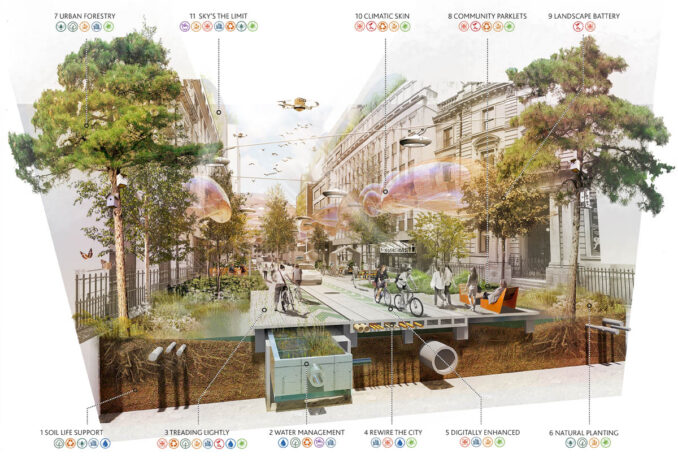
Stripping away the tarmac surface, exposing the ground and allowing the earth to ‘breath’. The soil can once again function as a living ecosystem and support life. Soil also has huge potential for carbon capture especially when engineered with recycled materials such as dolerite.
[02] water management
Holistic management of rain water, waste water and water supply. Conventional drainage gulley and pipework removed and replaced by surface attenuation features, capturing and storing rainwater to reduce flooding. Potential decentralised waste treatment plant below street surface, reduces demand on stressed sewer infrastructure, provides grey water recycling and supply of a rich nutrients for roof top urban agriculture.
[03] Treading lightly
Prefabricated and lightweight modular road system can be installed quickly and efficiently, saving up to 70% on construction costs. Entirely constructed from recycled waste plastic, this system would divert vast amounts of plastic waste from landfill.
[04] rewiring the city
Hollow modular road cross section creates accessible and maintainable compartments for routing utilities, and allowing for the development of rapid district heating systems and ultrafast fibre networks.
[05] digitally enhanced
Street surface embedded with LED arrays controlled by a central monitoring system that provides information to users in real time – This allows the shared surface space to be completely adaptable and flexible with digital demarcations marking out cycle lanes and pedestrian crossings where, and when they are required, to promote pedestrian priority and safety. Marking also could be used to guide autonomous vehicles. A centralised servicing lay-by is regulated digitally, allocating time slots to create more efficient usage of street.
[06] planting for nature
Extensive swathes of biodiverse and species rich planting, greening up the street and reconnecting people with nature.
[07] urban forestry
A range of trees species planted where ever practically possible as part of the city wide urban forestry initiative, filtering the air, absorbing carbon, reduce heat stress, improving micro climate and promoting biodiversity.
[08] community parklets
Flexible modular furniture and popup kiosks define activity space for seating, business meeting pods, socialising, street food vending to encourage dwell time and interaction.
[09] climatic skin
Inflatable canopies provides flexible, lightweight shelters, blurring the boundaries between indoor and outdoor space, maximising the public realm potential and allowing adjacent businesses to increase their usable GFA. These ‘translucent clouds’ provide ‘all weather’ shelter without creating shade. Suspended from catenary wires, they can be combined with lighting and digital projection to glow at night and create an ambient atmosphere.
[010] landscape battery
Public realm used extensively for energy generation to power the street, and offset maintenance costs by routing energy back to the grid. Utilising pioneering technologies such as genetically modified trees that generate electricity when the wind blows, harvesting electricity from marginal planting, lightweight, flexible thin film solar panels to surfaces and Piezolectric’ ceramics embedded in road surface, converting vehicle vibration into energy.
[011] sky’s the limit
Maximise roof top space for urban agriculture to intensify the cities productivity, from informal amenity allotments to full scale commercial farming using hydroponic systems. Growing locally and supporting local businesses, food banks and cooperatives with fresh food, reducing transport miles and providing a readily available food source. Rooftop utilised to create drone ‘vertiports’ to reduce quantity and carbon footprint, of conventional service vehicles; roofscape utilised for renewable energy sources such as PV’s and air source heat pumps.
Back Down to Earth
Image & Project Credits:
Adam Greatrix (Gillespies) & Hilary Barber
References:
Soil carbon capture – Newcastle University; Plastic road – Plasticroad.com.eu; Dynamic Road markings – Starling UK: Umbrellium; Parklets – Vestre; Genetically modified trees – Istituto Italiano di Tecnologia; Energy from plants – Plant-E; Vehicle vibration energy – SAFERUP : Lancaster University;

